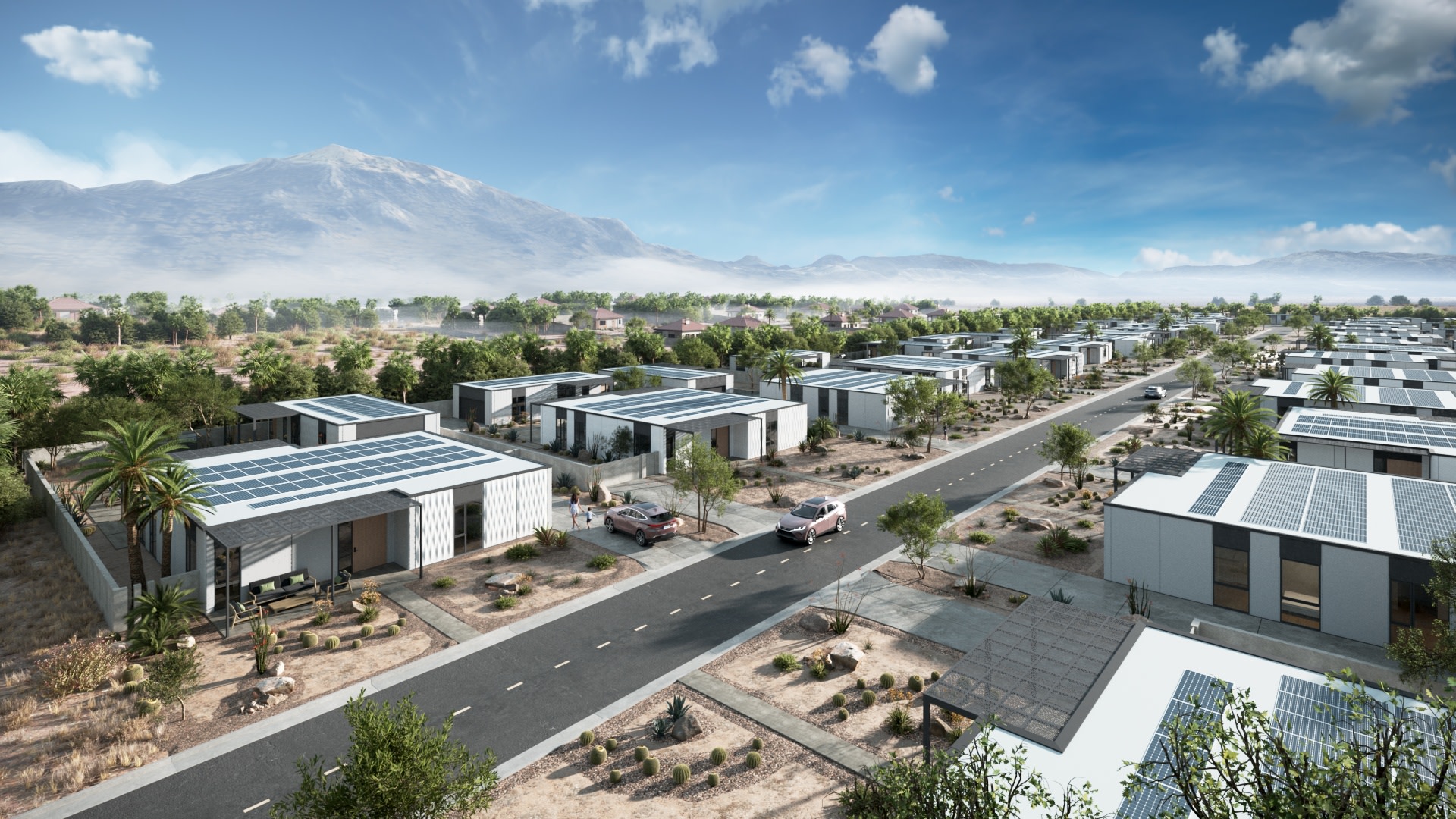Mighty Buildings Expands B2B Operations to Develop Sustainable Homes

Mighty Buildings has designed and built a 3D-printed zero-net energy home and is expanding its business-to-business operations to encourage housing developers to build communities of sustainable homes.
The company wants to help people start building in a more environmentally friendly way. To do this, it is focusing on business-to-business partnerships with home builders in the U.S. and around the world. The hope of expanding that offering is that it will help Mighty Buildings, which says it is currently working directly with developers, to rapidly develop communities with more than 50 units built of the materials in multiple locations.
The two-bedroom and two-bathroom zero-net energy home is part of a community of more than 40 units in Southern California. Mighty Buildings says it is the first zero-net energy home using prefabricated 3D-printed panels. A Zero-Net Energy home will produce as much energy through clean and renewable sources as it consumes.
The sustainable homes Mighty Buildings designed are built using 3D-printed panels that are made from 60% recycled materials. They require less material per square foot of the buildings, including concrete-free materials, and generate as much as 99% less waste than traditionally built homes, the company says.
The building and construction industry accounts for more than a third of the world’s emissions, according to the United Nations. A Chatham House report says cement production is the third largest generator of carbon dioxide emissions. More than 4 billion metric tonnes of cement are produced each year, which accounts for about 8% of the world’s emissions.
Mighty Buildings says its building materials weigh 30% less than concrete and have four times more tensile and flexural strength. 3D printing further increases sustainable building because requires little space for production and storage, exact materials can be created for a project thus limiting waste, and needs little energy during the production process, according to a report by the World Economic Forum.
Since most of a building's emissions come from the construction process, the building industry has been looking into many ways to find more environmentally friendly materials. Some examples of these efforts are Dow's carbon-neutral silicone and Commercial Metals Company's net-zero rebar. A recent project by Lendlease, Rubicon Technologies, Mycocycle, and Rockwood Sustainable Solutions is aiming to use mushrooms to reduce waste and make materials in asphalt shingles reusable.
Last year, after COP26, a group of industry leaders led by building organisation Architecture 2030 sent a letter to government officials encouraging them to support industry carbon reduction efforts. The group aims to help the building industry decarbonise by 2040.
Mighty Buildings says preproduction and ready-to-assemble kits minimise preparation and sourcing time ahead of building the homes, which can help builders in case of scarce resources and supply chain constraints. The materials are manufactured using automation and robotics, cutting completion time by more than half, the company says.
That can result in homes being built in four to five months, accelerating development, and making the process more efficient for builders. The homes are designed to resist hurricane-force winds, high water, fire, and extreme temperatures.
“We believe we are just scratching the surface of what can be accomplished through robotics and 3D printing,” says Mighty Buildings COO Russ Atassi.
Source: Environmental Leader

